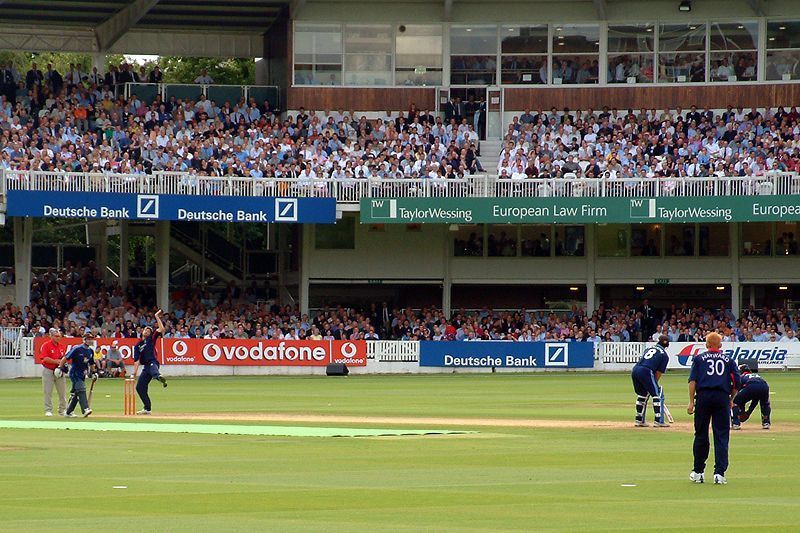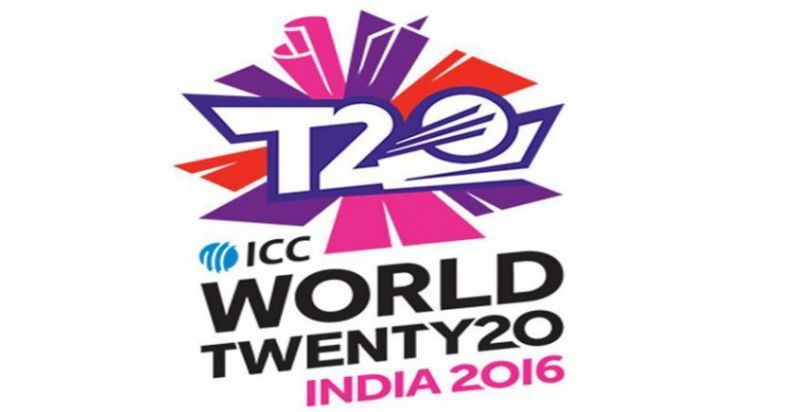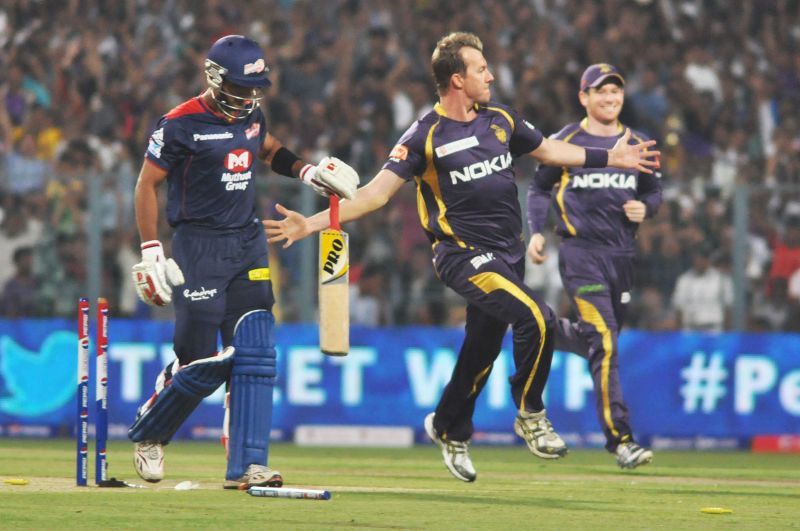
Globalizing Cricket through The T20 Format

The T20 format was originally introduced by England and Wales cricket board (ECB) for inter county cricket competition between England and Wales. Soon the format gained popularity throughout the world and the inaugural ICC World Twenty20 took place in 2007 in South Africa which was won by India.
The World Cup then took place once every two years and in 2014 the number of participating teams was increased from 12 to 16. With this more associate nations got the opportunity to play cricket at a bigger stage and against tougher opponents. Associate nations playing in the World Cup have shown their worth as in the 2009 T20 World Cup in England, Netherlands went on to beat the hosts in their opening match. A similar feat was achieved in 2014 when The Netherlands once again defeated England at the T20 World Cup in Bangladesh. In 2016 then associate members Afghanistan caused an upset by defeating eventual champions West Indies in the second Group Stage.
With the downsizing of ODI World Cup from 14 teams to 10 teams, it is time for the International Cricket Council (ICC) to globalize the game through the Twenty20 format.
Revamping World Twenty20 Format

As of now, 16 teams qualify for the T20 World Cup with a total of 3 stages. In the first stage, eight lowest ranked teams are divided into two groups with the winner of each group joining the eight highest-ranked teams in the Super 10 stage. After the Super 10 stage, four teams proceed to the knockout stage.
This format hampers the associate nations' chances of playing against the top-ranked teams as they are eliminated from the first stage. All associate nations enter the World Cup after playing qualifiers and it makes little sense to put them through another round of qualification at the World Cup as well.
The current format requires a restructure with the establishment of a single group stage where all 16 teams are divided into four groups of 4 teams. The top two teams from each group will then advance to the knockout stages consisting of Quarter-finals, Semi-finals and a Final.
The groups in such a format will be drawn through four pots consisting of 4 teams each based upon their world rankings. For example, based upon current World rankings the pots will look like this if the top 16 teams qualify for the World Cup -
Pot 1: Pakistan, Australia, India, New Zealand
Pot 2: England, South Africa, West Indies, Afghanistan
Pot 3: Sri Lanka, Bangladesh, Netherlands, Zimbabwe
Pot 4: Scotland, United Arab Emirates, Hong Kong, Oman
A typical group drawn from the given pots may look like this -
India, South Africa, Bangladesh, Scotland
Such a format will allow emerging nations to play cricket at the highest level against top-ranked teams and provide players from associate nations great exposure.
Role of Domestic leagues

The inaugural season of the Indian Premier League was played in 2008 and since then the league has witnessed immense success. For the past decade, the league has been played on a double round-robin and knockout format. The top 4 teams in the league table advance to the playoffs for the qualifiers and eliminator.
After the success of eight-team league season, it is time to expand domestic T20 cricket in India. The expansion can take place with the introduction of a second division or the amalgamation of regional leagues such as TNPL, KPL and Mumbai T20 league. The second tier league and IPL will run simultaneously with top two teams of the second division getting a promotion to the IPL while the two bottom ranked teams in IPL will be relegated to the second division.
With the introduction of a second division, there will be increased competition in the IPL while players of associate nations playing in the second division will get the golden opportunity to play at the highest level if their team gets promoted to the IPL.
The regional leagues such as TNPL, KPL and Mumbai T20 league also show prospects of growth and if all these get proper funding, they can be brought under the aegis of a single national league that'll serve as the second division.
The second division teams will majorly consist of players from associate nations as the main motive of this league will be to find fresh talent from the emerging nations.